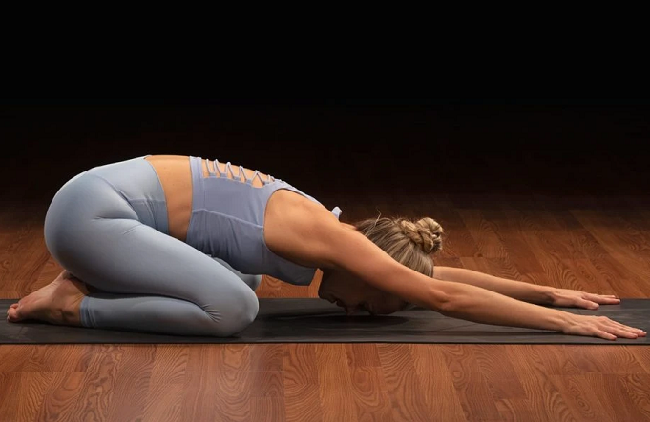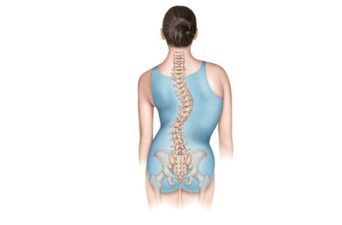Scoliosis, characterized by an abnormal curvature of the spine, can often lead to discomfort and mobility issues. Amidst the various intervention strategies available today, yoga stands as a beacon of hope, promising not just physical but holistic well-being. In this blog post, we dive deep into the different aspects of engaging in yoga for individuals with scoliosis, addressing critical questions such as ‘can yoga fix scoliosis?’ and exploring the yoga poses to embrace and avoid.
Yoga Pose for Scoliosis
Engaging in yoga poses that promote spinal alignment can be a valuable tool in managing scoliosis. Let’s delve into some poses that are often recommended for individuals with scoliosis:
- Mountain Pose (Tadasana)
- Child’s Pose (Balasana)
- Cat-Cow Pose (Marjarasana)
- Triangle Pose (Trikonasana)
These poses focus on creating symmetry and balance in the body, promoting spinal health and potentially reducing discomfort.
Scoliosis Before and After Yoga
Individuals who have embarked on a yoga journey often notice significant differences in their scoliosis symptoms over time. The “before” scenario might involve discomfort, limited mobility, and a pronounced spinal curvature. After a consistent yoga practice, individuals might experience:
- Improved Posture: Yoga aids in elongating the spine and promoting better posture.
- Reduced Discomfort: Many find relief from the discomfort associated with scoliosis.
- Increased Mobility: Regular yoga practice can enhance mobility, allowing individuals to move more freely and with less pain.
- While yoga may not necessarily ‘cure’ scoliosis, it can offer a pathway to better management and improved quality of life.
Can Yoga Fix Scoliosis?
Yoga stands as a powerful tool in promoting well-being and managing various health issues, including scoliosis. While it may not ‘fix’ or ‘cure’ scoliosis, particularly in severe cases, it can aid in:
- Muscle Strengthening: Building stronger muscles to support the spine.
- Pain Management: Yoga can be a potent tool in managing the pain associated with scoliosis.
- Enhanced Flexibility: Through yoga, individuals can work towards improving their flexibility, thereby mitigating some of the rigidities associated with scoliosis.
Yoga Poses to Avoid with Scoliosis
While yoga offers numerous benefits, it is crucial to approach it with caution, especially if you have scoliosis. Some poses might exacerbate the condition. Here are yoga poses generally recommended to avoid:
- Deep Backbends: Poses like the camel pose or wheel pose can strain the spine excessively.
- Twisting Poses: Extreme twisting poses can potentially worsen the spinal curvature.
- High-Impact Poses: Poses that involve jumps or abrupt movements should be approached with caution as they might add undue pressure on the spine.
Conclusion
As we navigate the landscape of yoga and scoliosis, the integration of safe practices stands paramount. While yoga harbors the potential to alleviate some of the symptoms of scoliosis, it is advised to consult with healthcare professionals and experienced yoga instructors to craft a yoga routine that is both safe and beneficial. Embrace yoga as a journey of self-care and gentle exploration, where every pose leads you a step closer to harmony and well-being.










